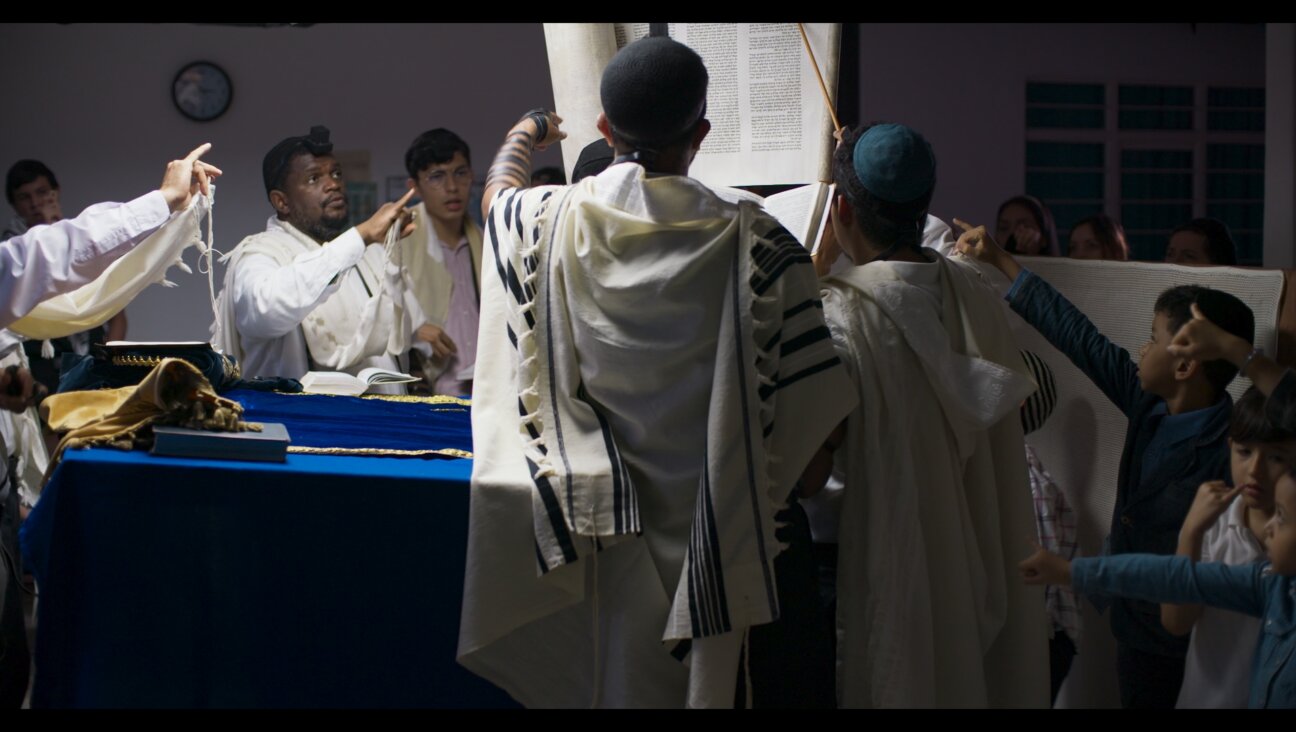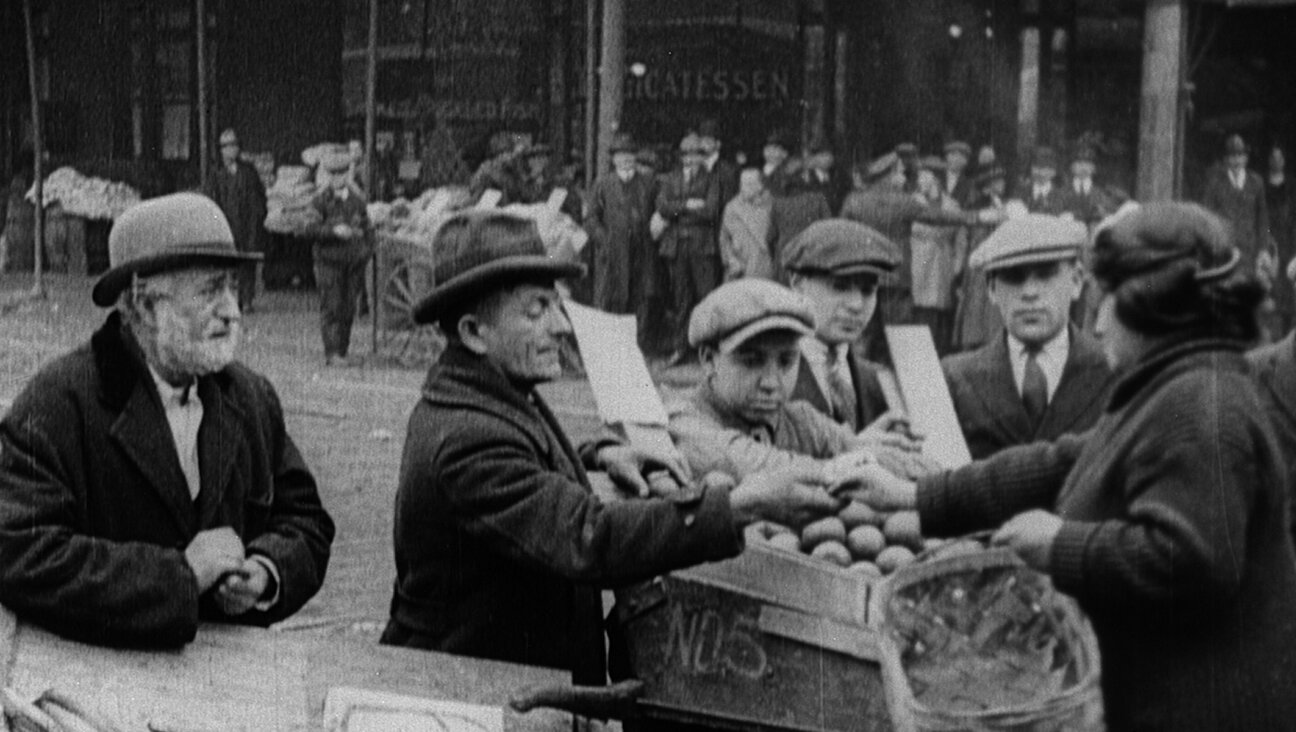Place and Time: When History Becomes an Asset
Politics makes for strange bedfellows, but so, too, does architecture. I refer here to those buildings that survive the passage of time and the ups and downs of their respective neighborhoods only to be turned into something else: factories into condos, warehouses into restaurants. In this instance, what pleases the eye and tickles the imagination is not just the creative use of existing structures but also the way that history, for once, has become a point of pride rather than a bone of contention, an asset rather than a liability.
Take, for example, San Francisco’s Contemporary Jewish Museum, which is slated to open next year. Designed by Daniel Libeskind, the museum occupies a former power station of the San Francisco Gas & Electric Company that withstood the horrendous earthquake of 1906. The architect’s notion is to “transform the physical energy associated with the legacy of the power station to the power of human communication and imagination.” Fancy that: a museum given over to contemplating the Jewish experience in a space once dominated by whirring machinery!
Closer to home, there’s the Forward building, where, day in and day out for more than 60 years, this eponymous newspaper was published. Located in the very heart of Manhattan’s storied Lower East Side, an immigrant enclave whose density was said to rival that of Bombay, the building has recently enjoyed a magical metamorphosis: These days, it’s a condominium whose handsomely appointed apartments fetch upward of $1 million.
In an environment of dark and dank tenements, the 10-story building, at 175 East Broadway, stood out by virtue of its Beaux Arts architecture as well as its height, towering over its neighbors. From its rooftop, a sign dramatically spelled out “Jewish Daily Forward” in electrified letters for all to see, while closer to street level, busts of Marx and Engels gave passers-by a clue as to what went on inside. The only other structure in the area to give the Forward building a run for its money was S. Jarmulowsky’s Bank, down the block at the intersection of Canal and Orchard streets. Completed in 1912, the same year as the Forward building, this dignified and handsome edifice, some 12 stories tall, featured a classically styled tempietto — a covered screen of columns — on its roof that vied with the Forward’s electric sign for domination over the local skyline.
Eventually, though, the Jewish Daily Forward’s electric sign was extinguished, a fitting testament to the waning fortunes of the Lower East Side as a wholly Jewish enclave. Following in the footsteps of its readers who, little by little, left the dingy neighborhood for more salubrious surroundings, the Forward, too, moved away. In 1974, it sold its building to the Lau family, one of thousands of Chinese immigrant households that increasingly called the Lower East Side their home. Although the Forward building’s new owner had high hopes of converting it into a condominium, the market was not ready, not quite yet, for the gentrification of the Lower East Side. In the meantime, two floors were given over to various Chinese associations whose exterior signage, in bold black Chinese letters, obscured the busts of Marx and Engels.
In the next and most recent phase of its history, the Forward building was sold in 2005 to Ron Castellano, an architect and developer who remade the building’s warren of offices, filing cabinets and printing machines into spacious and well-equipped apartments. Cleaning the building’s exterior and restoring Marx and Engels to their rightful place, Castellano and his associates made sure not only to tout the virtues of the building’s Kohler sinks and Miele appliances but also to trumpet its past — “preserving the rich history is the future of the Forward Building” — on their Web page, where prospective buyers could learn more about it by clicking “Building History.”
The incongruity of it all dazzles. To think that a fountainhead of socialist politics in the United States has become a monument to capitalism brings a smile to my face.
Another equally compelling tale of metamorphosis can be found in Brooklyn — in Flatbush, to be exact — where Vitagraph Studios once held sway. Located at East 14th Street and Avenue M, within shouting distance of an elevated subway, the facility was heralded as the “Eldorado of movie pioneers.” When it moved to Brooklyn from Manhattan in 1905, Vitagraph was the first of its competitors to erect a full-fledged movie studio, replete with laboratories, dressing rooms, administrative buildings, its very own water tank and a film stage whose newfangled glass roof, modeled after that of a conservatory, was the talk of the town.
Vitagraph’s films, no less than its architecture, also generated considerable publicity. Its 1909-1910 release of the “Life of Moses,” for instance, was hailed by contemporaries as “one of the greatest pieces of work ever undertaken by a motion picture house.” When Moses himself appeared on the screen, having successfully crossed the Red Sea (a scene that was filmed in Brooklyn’s Brighton Beach, no less), audiences broke out in wild applause. “As if completely in the dark as to the ending, the spectators watch with eager eyes. They follow the old story which seems never to become less thrilling in the telling,” observed the trade magazine Motography in 1911, adding that Jewish audiences “always cheer the children of Israel on.”
Thanks to its steady release of well-received films like this one, and the technological sophistication of its plant, Vitagraph prospered, prompting another film magazine of the era to salute the studio as an “imposing tribute to the growth of the moving picture business.” Warner Bros. agreed, purchasing “Vitagraphville” in 1925 and subsequently churning out hundreds of shorts that featured sound, then a novelty of the first order.
In the end, Brooklyn was no match for Hollywood, whose abundant sunshine and ample quiet were hard to resist. The New York Times might insist that, when it come to movie-making, “New York scoffs at California,” but the clamor of the urban street and the clacking of the subway proved too distracting for the actors and the crew alike, forcing the facility to close its doors in 1957.
But several decades later, Vitagraph received a new and thoroughly unexpected lease on life — not as a production studio but as a yeshiva, and not just any yeshiva but the Shulamith School for Girls, the first all-girl Jewish day school in the United States, which was founded in 1928. When one bears in mind the longstanding animus that the religious community, both Jewish and Christian, had for the movie industry (film, they believed, was “Paganism rampant”), the irony of this pairing is simply exquisite — and quintessentially American. For only in America could a film studio become a yeshiva while the home of a mass circulation, left-wing Yiddish newspaper sees the light of day as a pricey condominium for the privileged few.
A message from our Publisher & CEO Rachel Fishman Feddersen

I hope you appreciated this article. Before you go, I’d like to ask you to please support the Forward’s award-winning, nonprofit journalism so that we can be prepared for whatever news 2025 brings.
At a time when other newsrooms are closing or cutting back, the Forward has removed its paywall and invested additional resources to report on the ground from Israel and around the U.S. on the impact of the war, rising antisemitism and polarized discourse.
Readers like you make it all possible. Support our work by becoming a Forward Member and connect with our journalism and your community.
— Rachel Fishman Feddersen, Publisher and CEO























